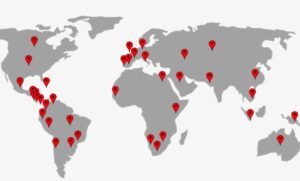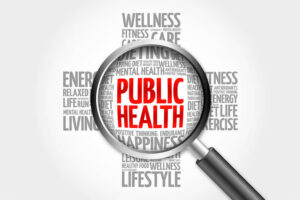Introduction: Hodgkin lymphoma (HL) is a B-cell malignancy that predominantly affects young adults with a higher incidence at ages 15 to 35 years. HL´s very peculiar histological features and biological behaviour makes it highly responsive to chemotherapy and radiation. In the last decades, relevant data from cooperative groups in Europe and North America have demonstrated that HL is a highly curable disease, with cures rates that exceed 90%, especially in early-stage disease. However, in developing countries, the scenario is more challenging. Although data are scarce and usually comes from small population-based and retrospective studies, the reported outcomes are significantly lower than those observed in developed countries, especially for advanced-stage disease. In 2009, the Brazilian Hodgkin Lymphoma Registry was created to collect data on clinical presentation, socioeconomic status (SES), treatment modalities, and outcomes in a prospective cohort of HL patients. Brazilian Centers that treat HL are invited to participate voluntarily. Data on patients consecutively treated since 2007 are being collected. Results: 20 medical centers are currently participating, and most are public institutions. As of September 2021, a total of 1700 patients have been included. This analysis is based on the first 674 patients with classical HL. The median time from symptoms to diagnosis was six months, and from diagnosis until the beginning of treatment was 21 days. Most patients presented with advanced-stage disease (65%) and B symptoms (69%). Treatment outcomes for early-stage disease were similar to those in developed countries. However, for advanced-stage disease, results were 5% to 10% inferior compared to those reported in US and European cohorts. Regarding SES, 33% of the patients were classified as lower SES. Compared to higher SES, this population was older, had a worse performance status, and presented with more advanced-stage disease and poor prognostic factors. Lower SES remained independently associated with poorer survival. Discussion and Conclusion: These results provide a reliable portrait of HL in Brazil and suggest that the health system in is still unable to provide a timely diagnosis for many patients with HL, particularly those with lower SES. The development of public health politics is needed to provide quick access to primary healthcare and adequate support during and after treatment.

- Society

Membership
Support our mission by becoming a member

Public Health Policy Center
Explore the society's public health initiatives

Meet the community
See what our members have been working on
- Journal
- Author Center
- Membership